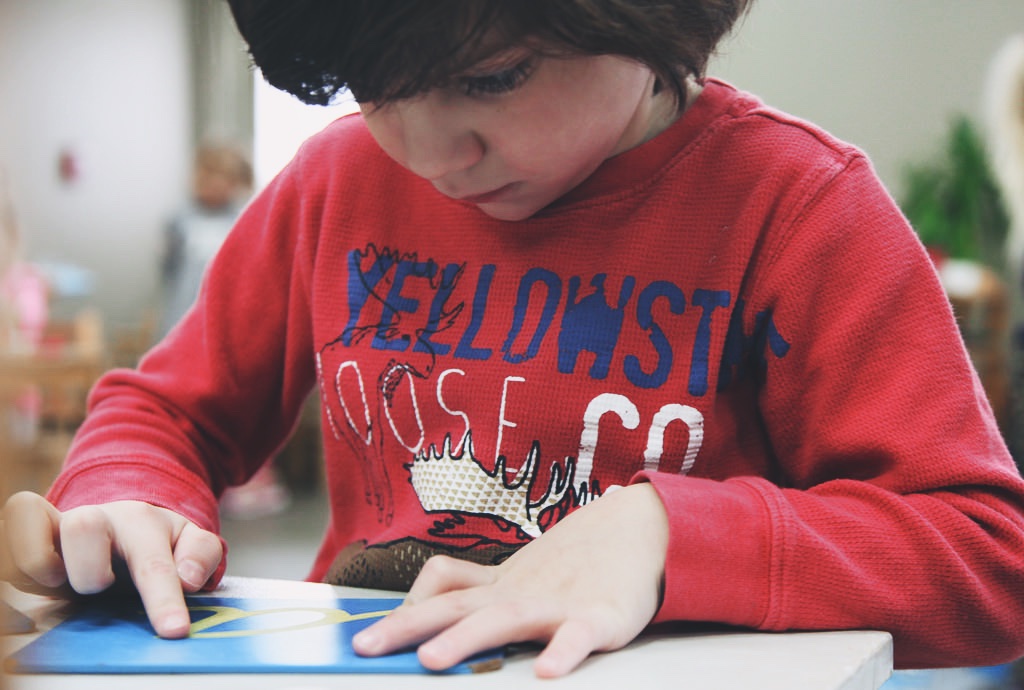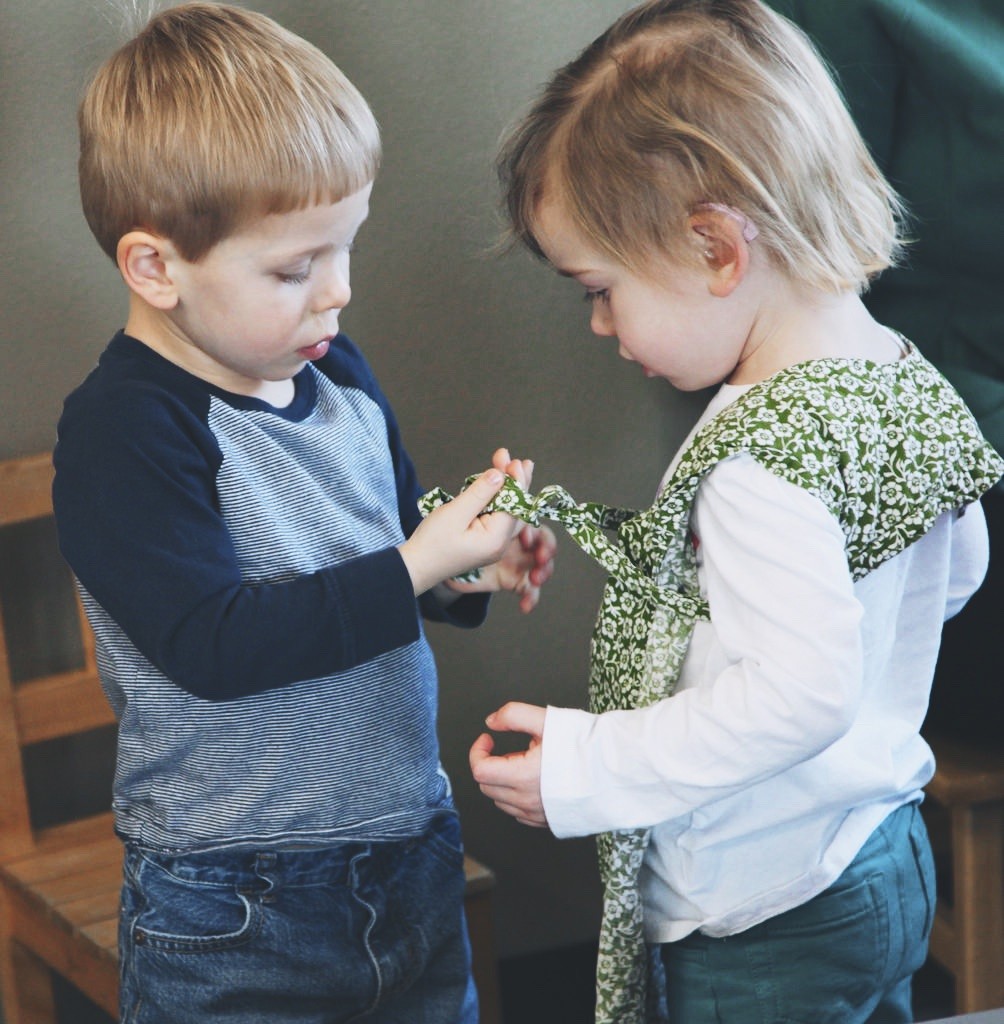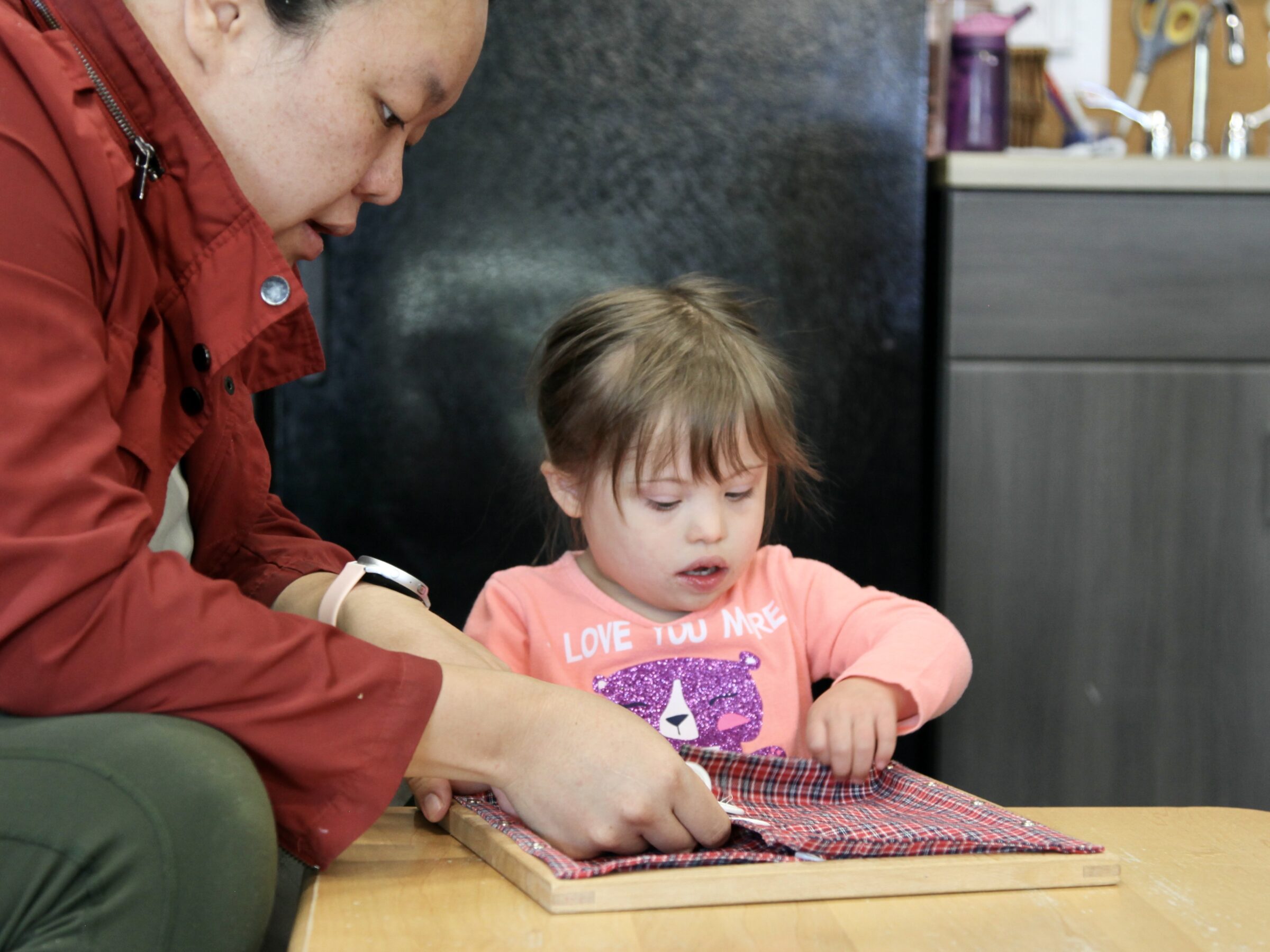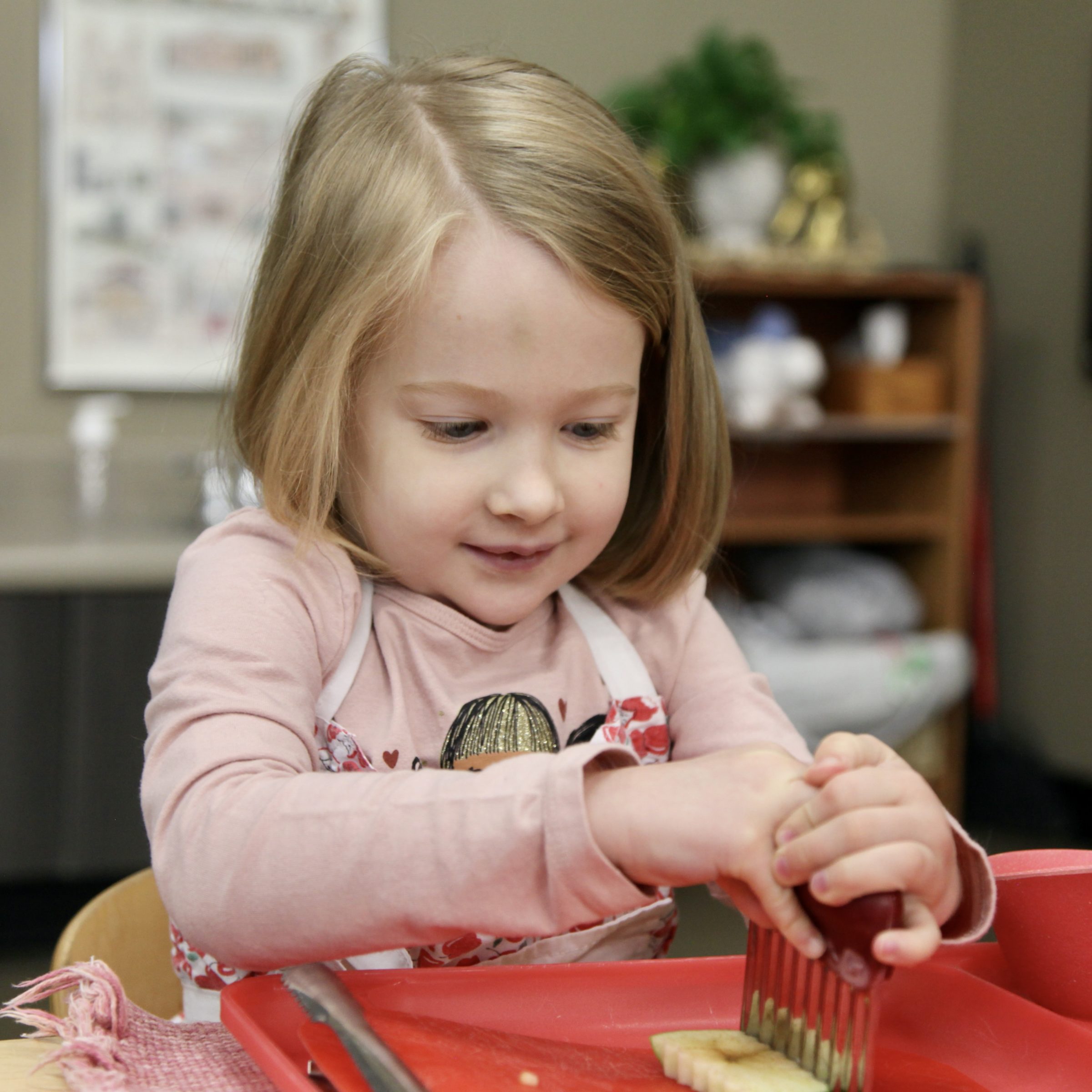Transitions
Thoughts & Reflections
Transitions can be hard. Some people enjoy change, others find it tumultuous. Change is, by its nature, dynamic, uncomfortable, unknown. We don’t know what life will look like on the other side, even with good changes, like a baby, a move, or a new pair of shoes.
At Baan Dek, we have a schedule we follow that we think helps ease this transition. We thought we’d explain that process and the rationale behind it. We’d love to hear from you, as parents, as schools, about what you do to make change comfortable for children.
We use Phasing-In to make the change into life at Baan Dek as smooth as possible. Children come to Baan Dek from a variety of backgrounds. Some children are new to the school environment, having been at home with a primary caregiver from the start. Some children have been in full-day care since they were six weeks old. Some children are the fourth child in their family to attend Baan Dek, and have been visiting since they were babies. Some children are new to Montessori, new to Sioux Falls, and certainly new to us. Regardless of any of these qualities, we encourage families to follow our Phasing-In schedule, as we’ve found it provides great success in transitioning to life at Baan Dek.
“When a child is lovingly surrounded by adults eager and willing to help, they might not realize how much they are capable of themselves.”
The first day, a child comes to their classroom for about an hour and a half. There are teachers and children to greet them, snack to eat, bathrooms to find, puzzles to complete, and before they know it it’s time to go. The next day is slightly longer, coming for two hours. The third day is two and a half hours, and by the fourth day the child is staying their full time, whether that is for the morning, or full-day, or through before- and aftercare. This opportunity to dip a toe in the water is a gentle immersion into this new environment, and allows the child and the classroom they are entering to warm to one another with kindness, patience, and grace.
Even from the first day, only children and the classroom teachers go into the classroom. This helps to mark the classroom as a special space, a space created for children, where adults are the ones who are the wrong size, out of place. The classroom moves at the child’s pace, and is the child’s size. Even toilets and sinks accommodate their small stature. This helps the child feel confident, knowing that they are capable and independent. There is help available all around them, primarily from other children. This might be the first time in a child’s life when they realize they, too, are capable of providing help, even of helping themselves. When a child is lovingly surrounded by adults eager and willing to help, they might not realize how much they are capable of themselves.
In addition to the few days of Phasing-In, we like to allow the new child and the classroom community six weeks to adjust to one another. As most of our children return each year in the multi-age classroom, the teacher is not the one providing and enforcing rules and classroom norms, the children instead embody, demonstrate, and assist one another in cooperative life, such as returning a work to the shelf, how to get one scoop of snack, or what to do if you spill water. Every child is important to the classroom dynamic, and individual personalities are honored, respected, and welcomed into classroom life.
Written by:
Charlotte Snyder






